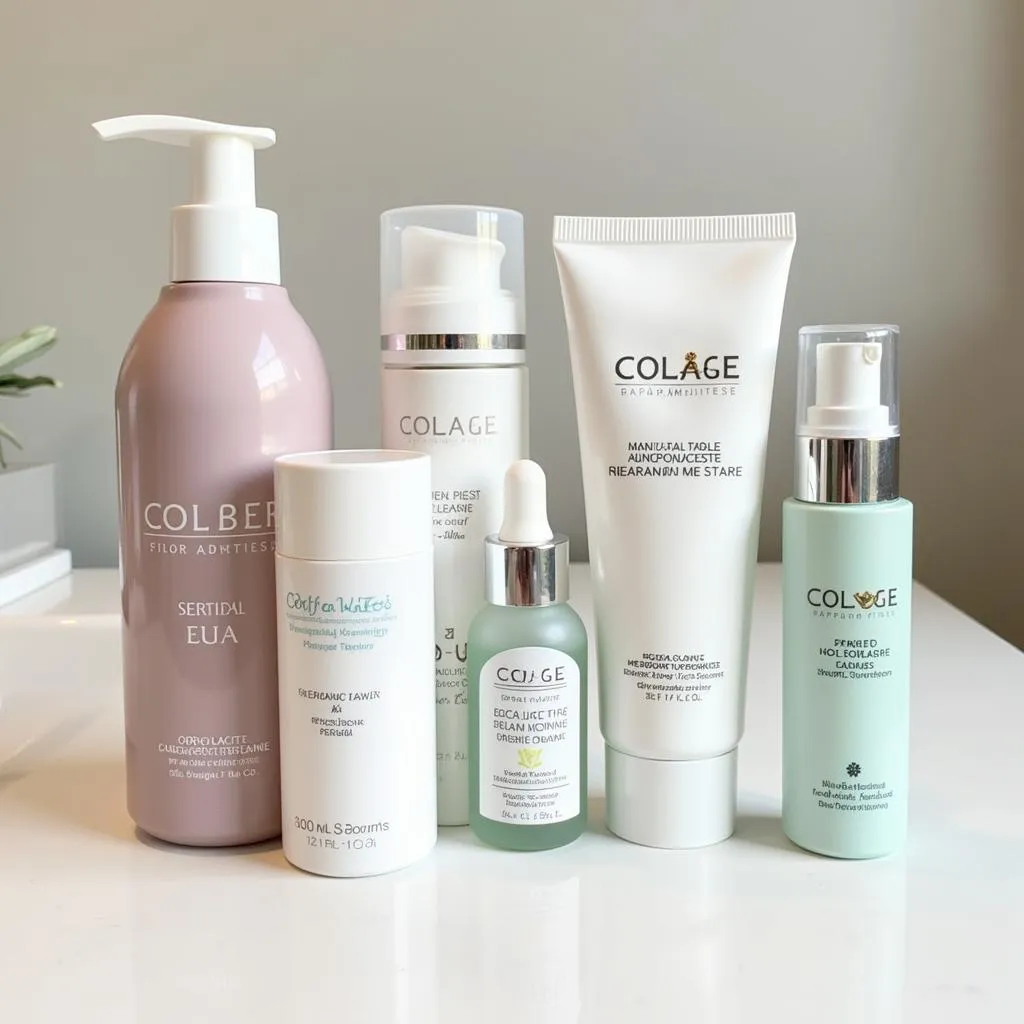Are you longing to restore your skin’s natural radiance and even out its tone? Many factors, like sun exposure, pollution, and lifestyle choices, can lead to hyperpigmentation, dullness, and uneven skin tone. But don’t worry – getting back your natural skin color is achievable with the right approach. This comprehensive guide explores effective methods to help you rediscover your skin’s innate beauty and achieve a healthy, glowing complexion.
Understanding Skin Pigmentation
Before diving into solutions, let’s understand how skin pigmentation works. Our skin color is determined by melanin, a pigment produced by cells called melanocytes. When exposed to the sun, our skin produces more melanin to protect itself from harmful UV rays, leading to tanning or darkening of the skin. However, excessive sun exposure, hormonal changes, certain medications, and even skin injuries can disrupt melanin production, resulting in uneven skin tone, dark spots, and hyperpigmentation.
Effective Ways to Regain Your Natural Skin Color
Restoring your skin’s natural color involves reducing excess melanin production, promoting skin cell turnover, and protecting your skin from further damage. Here are proven strategies to help you achieve your goal:
1. Sun Protection is Non-Negotiable
Excessive sun exposure is the primary culprit behind hyperpigmentation and uneven skin tone. Shielding your skin from harmful UV rays is crucial to prevent further damage and allow your skin to recover.
- Apply Sunscreen Religiously: Use a broad-spectrum sunscreen with an SPF of 30 or higher daily, even on cloudy days. Reapply every two hours, especially after swimming or sweating.
- Seek Shade: Limit your time in direct sunlight, especially during peak hours (10 am to 4 pm), and seek shade whenever possible.
- Protective Clothing: Cover up with lightweight, long-sleeved clothing, wide-brimmed hats, and sunglasses for added protection.
 Sun Protection Essentials
Sun Protection Essentials
2. Embrace a Powerful Skincare Routine
A consistent skincare routine tailored to address hyperpigmentation is essential to restore your natural skin tone. Incorporate these steps:
- Cleanse Gently: Use a mild, sulfate-free cleanser twice daily to remove dirt, oil, and makeup without stripping your skin’s natural oils.
- Exfoliate Regularly: Exfoliation helps slough away dead skin cells, revealing brighter skin and allowing skincare products to penetrate better. Use a gentle exfoliating scrub or chemical exfoliant containing AHAs (alpha-hydroxy acids) or BHAs (beta-hydroxy acids) 1-2 times a week.
- Target Hyperpigmentation: Look for serums and creams with proven skin-brightening ingredients like:
- Vitamin C: A potent antioxidant that brightens skin and fades dark spots.
- Niacinamide: Reduces inflammation, evens skin tone, and minimizes pores.
- Kojic Acid: A natural skin-lightening agent derived from mushrooms.
- Licorice Root Extract: Contains glabridin, which inhibits melanin production and reduces hyperpigmentation.
- Hydrate Deeply: Moisturize your skin morning and night with a hydrating cream or lotion to support skin barrier function and enhance radiance.
 Skincare Routine for Hyperpigmentation
Skincare Routine for Hyperpigmentation
3. Seek Professional Help
For stubborn hyperpigmentation or if you’re looking for faster results, consider consulting a dermatologist or licensed esthetician. They can recommend professional treatments tailored to your skin type and concerns, such as:
- Chemical Peels: These peels use a chemical solution to exfoliate the top layer of skin, reducing hyperpigmentation and improving skin texture.
- Microdermabrasion: This procedure uses a special device to remove the outermost layer of skin, promoting cell turnover and revealing brighter skin.
- Laser Treatments: Different types of lasers can target and break down melanin pigments, effectively reducing hyperpigmentation and evening out skin tone.
“It’s essential to consult a qualified professional to determine the best treatment approach for your specific skin type and concerns,” advises Dr. Emily Carter, a board-certified dermatologist. “They can assess your skin condition and recommend a personalized plan to help you achieve optimal results safely and effectively.”
4. Embrace a Healthy Lifestyle
While topical treatments and professional procedures play a significant role in restoring skin color, lifestyle factors are equally important.
- Nourishing Diet: Consume a balanced diet rich in fruits, vegetables, and antioxidants to support skin health from within.
- Hydration is Key: Drink plenty of water throughout the day to keep your skin hydrated and promote cell turnover.
- Manage Stress: Chronic stress can trigger inflammation and worsen hyperpigmentation. Explore stress-reducing techniques like yoga, meditation, or spending time in nature.
- Adequate Sleep: Aim for 7-8 hours of quality sleep each night to allow your skin to repair and regenerate.
Frequently Asked Questions (FAQs)
Q1: How long does it take to get back your natural skin color?
The time it takes to see results varies depending on the severity of hyperpigmentation, skin type, and the chosen treatment method. Generally, consistent skincare and sun protection can show noticeable improvements within a few weeks to a few months.
Q2: Are there any natural remedies to lighten skin?
Some natural ingredients like aloe vera, licorice extract, and turmeric have skin-lightening properties. However, it’s essential to do a patch test before applying any new ingredient to your skin, especially if you have sensitive skin.
 Aloe Vera Plant
Aloe Vera Plant
Q3: Can I prevent hyperpigmentation altogether?
While it may not be possible to prevent hyperpigmentation entirely, diligent sun protection, a consistent skincare routine, and a healthy lifestyle can significantly reduce the risk and maintain an even skin tone.
Conclusion
Getting back your natural skin color is a journey that requires patience, consistency, and a holistic approach. By prioritizing sun protection, embracing a targeted skincare routine, considering professional treatments, and adopting a healthy lifestyle, you can achieve a brighter, more even, and naturally radiant complexion. Remember, your skin is unique, and it’s essential to listen to its needs and seek professional guidance when needed.

